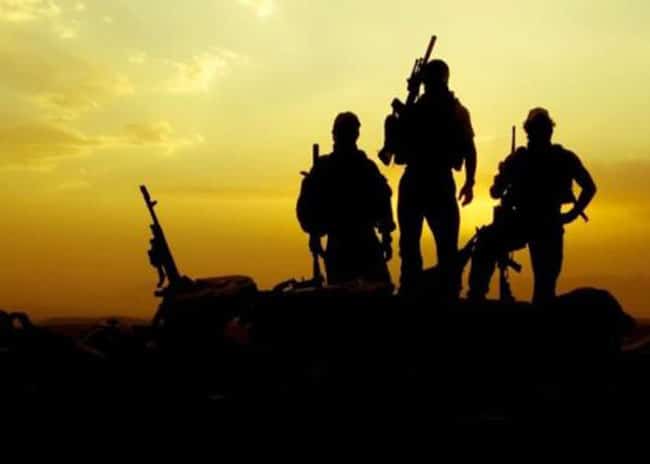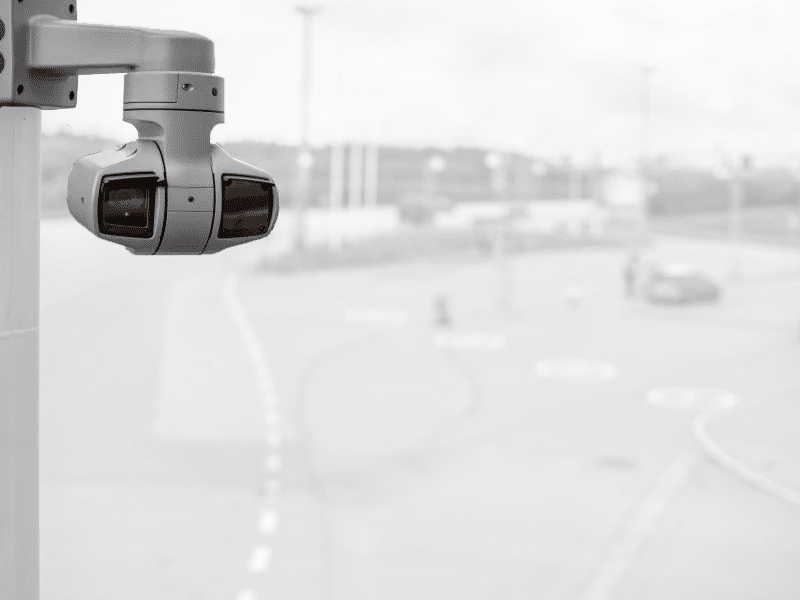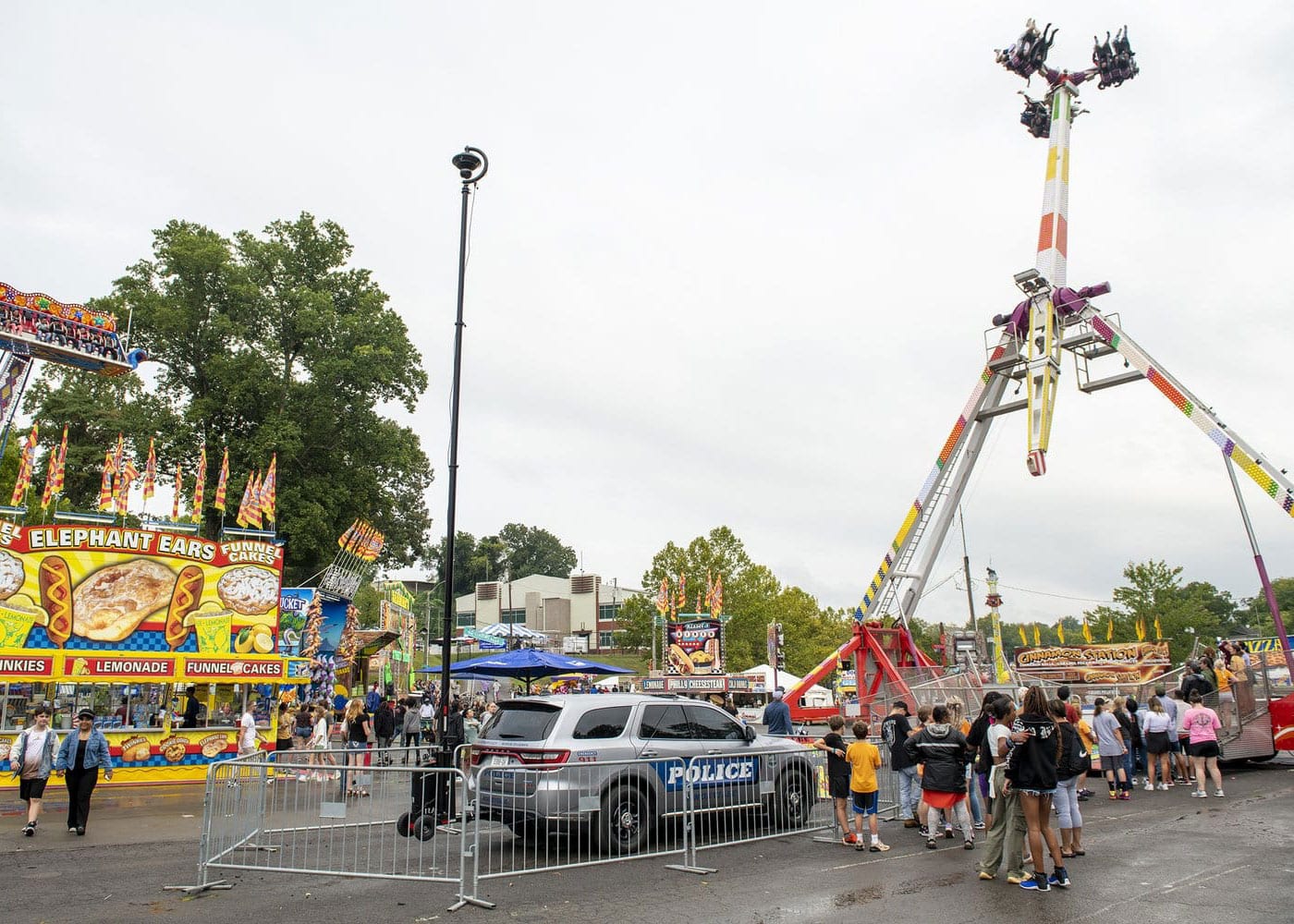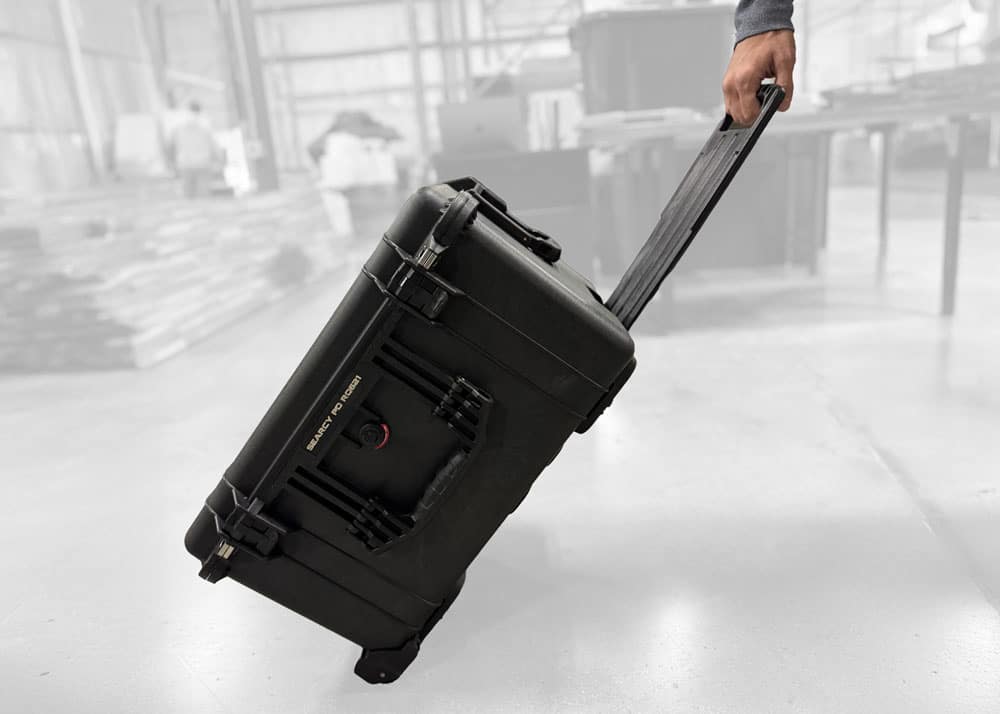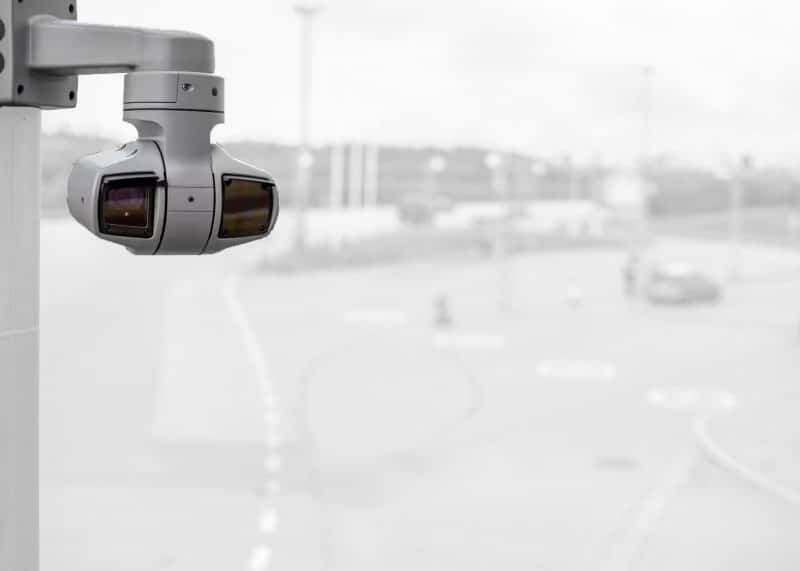Modern military operations rely on real-time intelligence, situational awareness, and rapid response. In order to get that done, forces use advanced military surveillance equipment for detecting threats, activity monitoring, and personnel protection. From drones for military surveillance to mobile surveillance towers, each tool plays a critical role in force protection, reconnaissance, and perimeter defense.
The Role of Surveillance in Modern Military Operations
Surveillance technology has become an essential part of both strategic and tactical operations. It allows military and security teams to observe potential threats, gather intelligence, and plan missions more effectively.
Modern military surveillance systems help teams:
- Identify hostile movements in real time
- Provide early warnings during missions
- Support decision-making via live video feeds and data analytics
- Protect bases, convoys, and critical infrastructure
Military surveillance systems act as the backbone in modern defense strategy, enabling a wider view of the battlefield for decision-makers. The integration of data from air, land, and digital sources allows for an extended situational awareness, thus enhancing teams to move faster and more effectively within dynamic environments.
Mobile Surveillance Towers: Enhancing Field Operations
Mobile surveillance towers provide rapid-deployment visibility in areas where permanent infrastructure is not available. These systems are often mounted on vehicles or trailers and can be deployed in minutes, as demonstrated by The RATT’s use in field operations.
They are particularly helpful for:
- Temporary military outposts
- Border monitoring
- Training facilities
- Disaster response zones
One clear benefit is height. The higher the camera, the more expansive the field of view for the purpose of perimeter defense and reconnaissance. Many modern units include:
- High-definition and thermal imaging cameras
- Remote PTZ (pan-tilt-zoom) control
- Real-time video transmission
- Power options for extended field use
By combining height, mobility, and advanced imaging technology, mobile surveillance towers deliver a comprehensive surveillance solution for field operations that fills gaps in communications, strengthens perimeter defense, and provides critical awareness for informed, timely decision-making.
Unmanned Aerial Vehicles (UAVs) and Drones for Reconnaissance
Military surveillance drones, otherwise known as UAVs or Unmanned Aerial Vehicles, are an indispensable tool for performing reconnaissance and collecting intelligence. They are able to fly overhead and survey vast areas without risking people’s lives.
Common types of military drones include:
- Reconnaissance drones – Designed for surveillance and data collection
- Tactical drones – Smaller units used by ground forces for close-range monitoring
- Combat drones – Equipped for both observation and precision strikes
In addition, modern drones are capable of transmitting live HD video, using night vision or thermal imaging, and working in difficult terrain. According to government sources, unmanned aircraft systems now provide real-time situational awareness across both border and disaster response missions.
Law enforcement agencies report that drone deployment has surged more than 50% in the last six years, a reflection of their expanding utilization in intelligence, surveillance, and reconnaissance operations.
IP Cameras and Advanced Surveillance Systems
IP cameras have become a standard part of civilian and military surveillance equipment. Unlike traditional CCTV systems, IP cameras transmit data over secure networks for real-time monitoring from remote command centers.
Advantages of IP cameras include:
- Higher resolution and clearer video
- Encrypted data transmission for security
- Smoother integration with analytics software
IP cameras help maintain situational awareness and support mission success with their secure, high-definition capabilities at field and command operation levels.
Communication and Antenna Masts for Secure Data Transmission
Surveillance can only be effective when the collected data reaches the decision-makers securely. That’s where the antenna mast comes in.
These systems:
- Support long-range, encrypted communications
- Enable stable video and data transmission from remote sites
- Provide elevated platforms for antennas, sensors, or cameras
Antenna masts and telescopic masts are widely used in military surveillance operations, supporting secure and long-range communications and data transmission between the remote surveillance systems and the command centers.
Thermal Imaging and Night Vision Technology
Low visibility is one of the most difficult times to work for military and security teams. Thermal imaging and night vision technologies, often paired with light towers, help overcome this limitation by extending visibility and enhancing detection capabilities in the field.
These systems detect heat signatures or amplify available light, enabling operators to identify threats even in total darkness.
Applications include:
- Perimeter defense
- Search and rescue missions
- Covert surveillance
Vehicle-mounted and handheld thermal systems ensure situational awareness day and night by enhancing visibility under low light conditions.
Perimeter Defense Systems and Motion Sensors
A comprehensive surveillance military strategy has components of detection and deterrence. Perimeter defense systems combine motion sensors, infrared detectors, and automated alerts to identify unauthorized movement.
These systems can be integrated with:
- Light towers for illumination
- IP cameras for real-time visuals
- Mobile surveillance towers for wide-area coverage
Together, they form a layered defense that enhances security for temporary bases, critical facilities, or training areas.
Artificial Intelligence and Automation in Military Surveillance
AI and automation are transforming military surveillance equipment by analyzing huge volumes of data much faster than human operators. Machine learning can identify unusual activity, track objects, and prioritize possible threats.
Benefits include:
- Faster decision-making
- Reduced operator fatigue
- Improved accuracy in target recognition
Automation also assists in filtering out irrelevant data, which keeps teams focused on only the verified threats and saves time and resources.
Cybersecurity and Data Protection in Surveillance Systems
With every connected system comes new risks. Sensitive video and intelligence data must be protected. Cyberattacks, data breaches, and electronic warfare are among the growing concerns in modern defense operations.
Best practices include:
- End-to-end encryption of all data streams
- Regular software updates to patch vulnerabilities
- Strict access control for authorized users
Military networks often employ isolated communication paths and secure data servers to prevent infiltration and ensure confidentiality in missions.
The Future of Military Surveillance Technology
Following are some of the technologies currently in the development phase that are going to reshape the future of military surveillance aircraft, drones, and ground-based systems:
- Quantum-resistant encryption for secure communication
- AI-enhanced drones capable of autonomous decision-making
- Multi-sensor fusion combining radar, optical, and thermal data
- Satellite-linked surveillance networks for global coverage
As automation and analytics advance, future surveillance systems will provide even faster and more accurate situational awareness, supporting both peacekeeping and combat operations.
Conclusion
As technology continues to evolve, integration of these systems assures that the military and security teams are always ready for the challenges of tomorrow, while enhancing awareness, coordination, and operational effectiveness in every mission. Contact us to find out how our modern solutions for surveillance can help your operations.

